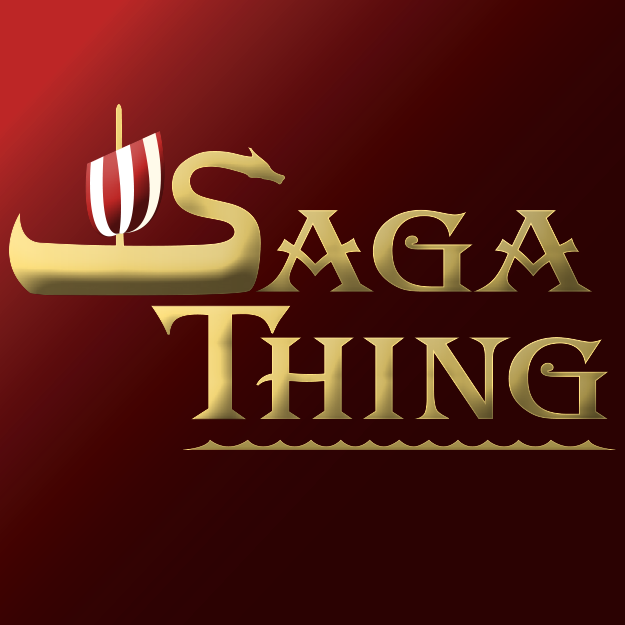- History
- SEE MORE
- classical
- general
- talk
- News
- Family
- Bürgerfunk
- pop
- Islam
- soul
- jazz
- Comedy
- humor
- wissenschaft
- opera
- baroque
- gesellschaft
- theater
- Local
- alternative
- electro
- rock
- rap
- lifestyle
- Music
- como
- RNE
- ballads
- greek
- Buddhism
- deportes
- christian
- Technology
- piano
- djs
- Dance
- dutch
- flamenco
- social
- hope
- christian rock
- academia
- afrique
- Business
- musique
- ελληνική-μουσική
- religion
- World radio
- Zarzuela
- travel
- World
- NFL
- media
- Art
- public
- Sports
- Gospel
- st.
- baptist
- Leisure
- Kids & Family
- musical
- club
- Culture
- Health & Fitness
- True Crime
- Fiction
- children
- Society & Culture
- TV & Film
- gold
- kunst
- música
- gay
- Natural
- a
- francais
- bach
- economics
- kultur
- evangelical
- tech
- Opinion
- Government
- gaming
- College
- technik
- Jesus
- Health
- movies
- radio
- services
- Church
- podcast
- Education
- international
- Transportation
- Other
- kids
- podcasts
- philadelphia
- Noticias
- love
- sport
- Salud
- film
- and
- 4chan
- Disco
- Stories
- fashion
- Arts
- interviews
- hardstyle
- entertainment
- humour
- medieval
- literature
- alma
- Cultura
- video
- TV
- Science
- en
Episode 19c - The Saga of the People of Reykjadal and Killer-Skuta (Judgments)

In this fun-filled episode, John and Andy offer their\njudgments on The Saga of the People of\nReykjadal and Killer-Skuta.\xa0 Listen\nand learn how a leather thong can really improve your spear-throwing\ndistance.\xa0 It\u2019s true.\xa0 You\u2019ll also learn about the wonders of hearth\nbread with butter and be introduced to the BCDM, our newest method for\ncalculating a saga\u2019s body count.\xa0 It\u2019s an\naction packed episode with plenty of laughs and some good discussion of history\nand literature.\xa0 Those of you who prefer\na steady flow of action and laughs will have to forgive us for our scholarly\ntangents, but those with a genuine interest in saga literature will get what\nthey came here for.\n\n\nFor those interested in the ankyle, we recommend the\nfollowing:\n\n\n\u201cThrowing\nthe Greek Dory: How Effective is the Attached Ankyle at Increasing the Distance\nof the Throw\u201d\n\n\nThere are a number of videos featuring the use of the\nankyle/amentum.\xa0 We\u2019ve selected the\nfollowing two as the most reasonable illustrations of the tool.\n\nAnkyle for distance\n\nSlo-mo ankyle\nAs promised, I\u2019m\nincluding the recipe for hearth bread that John mentions in Notable Witticism:\n\n\nThorgeir\nButter-Ring\u2019s Bread\n\n\nIngredients\n\n\n3 cups whole wheat or rye flour\n\n\n2 cups white or all-purpose flour\n\n\n3/4 cup steel-cut or rolled oats \n\n\n1 tsp. salt\n\n\n1 tsp. baking soda\n\n\n2 cups water\n\n\n\xa0Items Needed\n\n\nBaking Stone\n\n\nLarge Bowl\n\n\nWooden Spoon\n\n\nOven (I mean, go ahead and hearth-bake the bread if you\nwant to be a stickler for accuracy).\n\n\n\xa0Instructions\n\n\nMix together both kinds of flour, the oats, the salt, and\nthe baking soda in a large bowl.\n\n\nGradually add water while stirring with a wooden spoon\nuntil it is stiff and difficult to stir further. NOTE: do not use an automatic\nmixer for this step. Seriously, how many 10th century Icelanders do you think\nhad a KitchenAid?\n\n\nOn a lightly floured surface, knead the dough (you may\nwant to wet or flour your hands for this step). Stop when dough is malleable\nand thoroughly integrated.\n\n\nForm the dough into a round or oval shape on a baking\nstone and place it in the oven. NOTE: The oven is still cold at this point.\n\n\nNow set the oven to 375 degree Fahrenheit (190 Celsius),\nand bake for 55-70 minutes (depending on elevation and oven).\n\n\nTake the bread out of the oven when it looks, you know,\nbready (I\u2019m not a cook. Also, it\u2019s unlikely that actual 10th century\nIcelanders, who cooked their bread in fire ashes or on a hearth-stone, were\noverly fussy about exact timing. Eyeball it). Let it cool on a rack. \n\n\nEat the bread while it\u2019s warm. And of course, Thorgeir\nButter-Ring recommends using plenty of butter, but I found cheese, honey, or\napple slices works fine too.